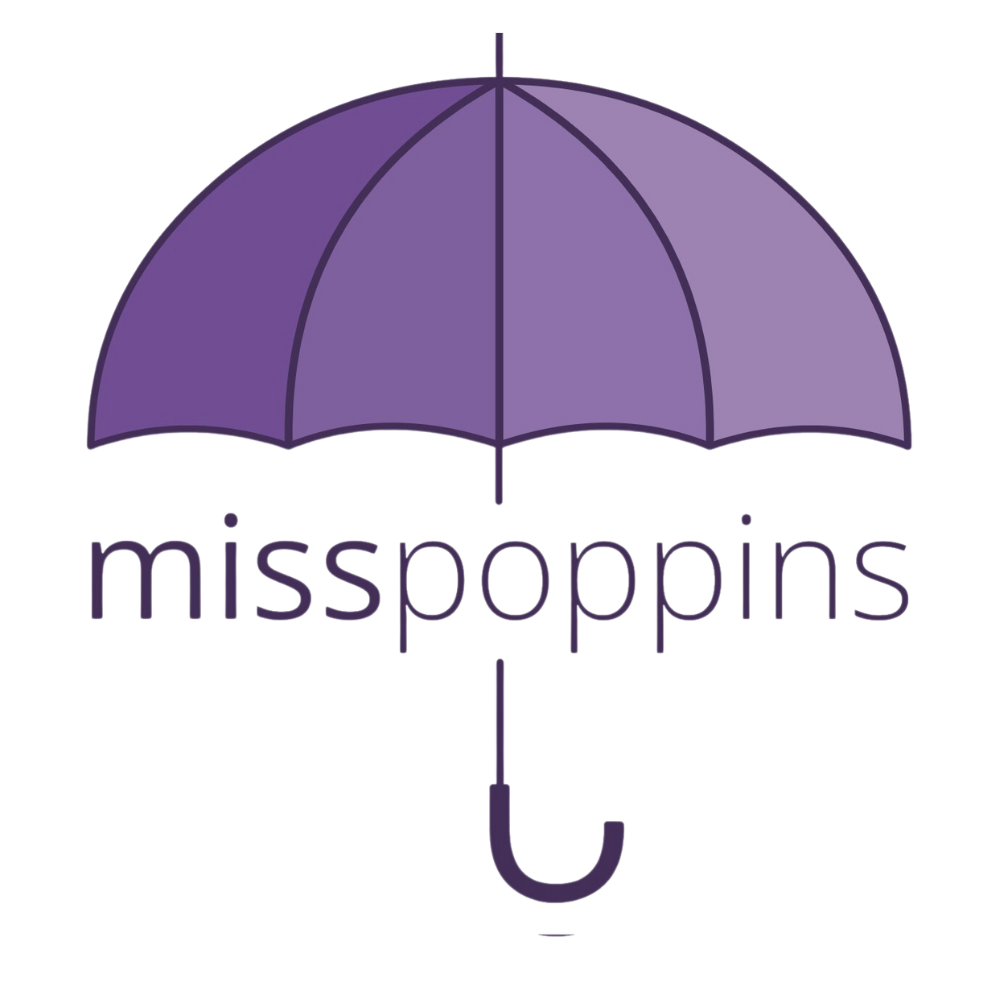Introducing solids: 3 different approaches
There are three common methods for introducing babies to solid foods:
spoon-feeding,
baby-led weaning,
hybrid feeding (combination of spoon-feeding and self-feeding).
Each approach has advantages depending on your preferences and lifestyle. Below we compare spoon-feeding and baby-led weaning, listing advantages of each as cited by parents and caregivers:
SPOON-FEEDING
Start at 4-6 months old & showing physical readiness signs
First Finger Foods: Usually by 8 months old or sooner
✓ pre-packaged ready-to-eat foods available for purchase
✓ less mess
✓ easier to measure and keep track of intake for nutritional concerns
✓ mealtimes are usually shorter with spoon-feeding
✓ Babies can be part of the family mealtime
BABY-LED WEANING
Start at 6 months old & showing physical readiness
First Finger Foods:
6 months old, from day 1
✓ no special baby products needed. Babies eat a modified version of the family meal.
✓ Teaches independence and self-care (babies control food intake based on their body’s cues)
✓ early development of oral and motor skills from self-feeding
✓ sensory experiences through exposure to a variety of tastes and textures
✓ easier to eat out
✓ Babies can be part of the family mealtime and share food.
HYBRID-FEEDING
Parents who choose hybrid feeding sometimes start spoon-feeding before 6 months old and add finger foods and self-feeding between 6 to 8 months old. The transition to finger foods can still include spoon-feeding, or some parents eliminate spoon-feeding during this transition.
Regardless of which approach you decide to use, aim for some finger foods and self-feeding by 8 months old (if not sooner).
Some things to consider when choosing an approach
Family lifestyle - Is your family very busy? Will lengthy mealtimes be an issue? How often do you prepare food at home?
Caregivers involved in feeding your baby and their beliefs - can you get everyone on the same page?
Relevant medical concerns or issues
If your baby was pre-term (born before 37 weeks),
If your baby has developmental delays,
other medical conditions
For medical concerns or other problems talk to your child's healthcare provider about any approach you are considering.
Ultimately, the decision of how to feed your child is yours to make. Seek advice and counsel from your child’s healthcare provider and those who accept your choice and can offer insight rather than judgment.
FIND JOY IN MEALTIME
Whichever method you choose, introducing your child to foods you love and can eventually enjoy together is exciting. Choose an approach that aligns best with you and your family and offers enjoyment and positive shared experiences.
Another vital aspect of feeding all babies is that you need to allow them to “explore” food by touching it, smelling it, and tasting it. Exploration using multiple senses is how infants learn about food and eating. But with this exploration will come some mess and waste, so prepare for it and try your best to have fun.

